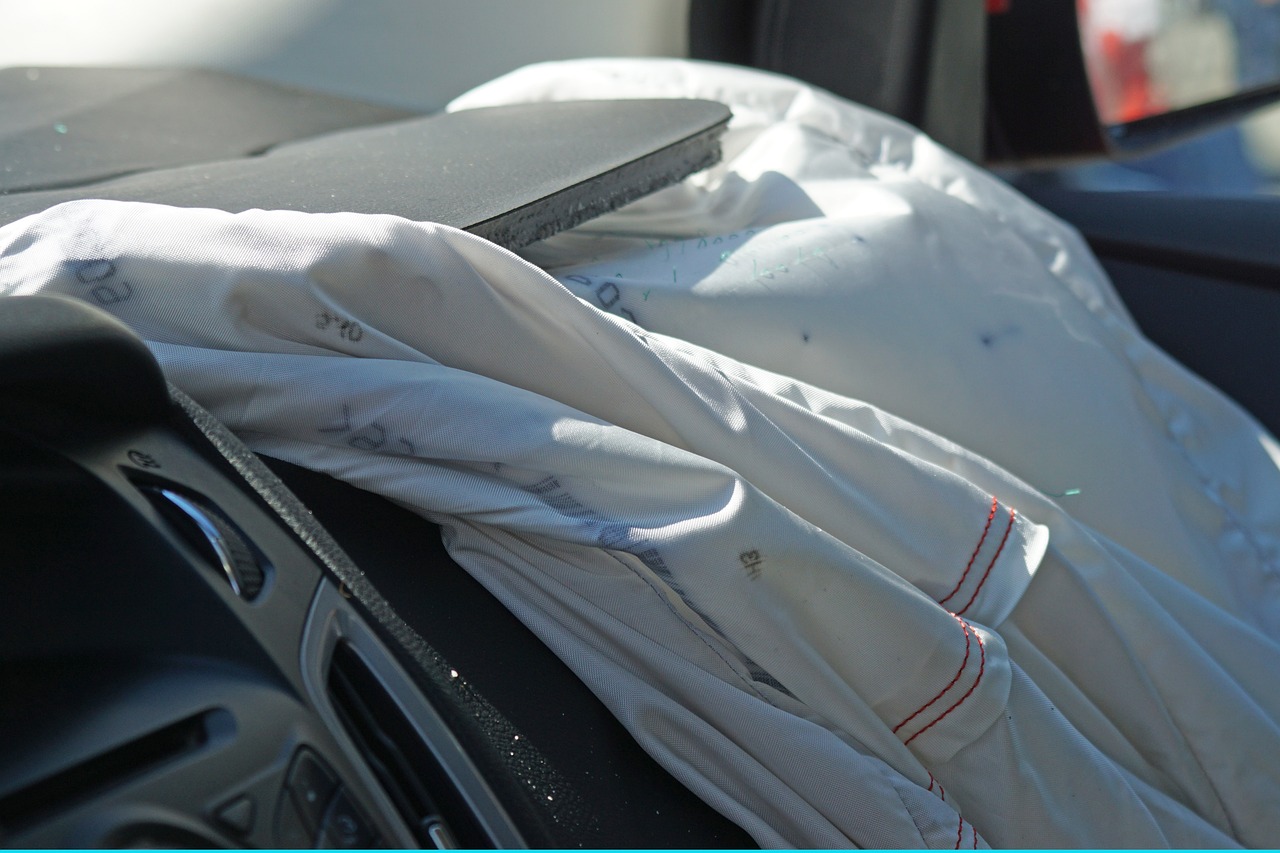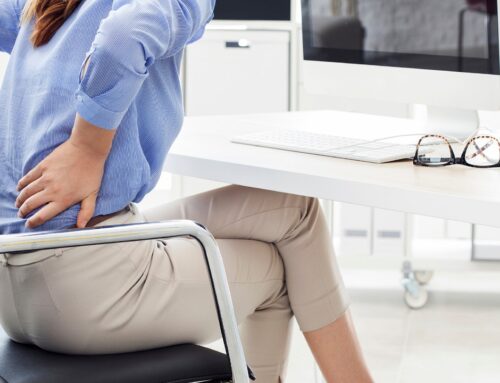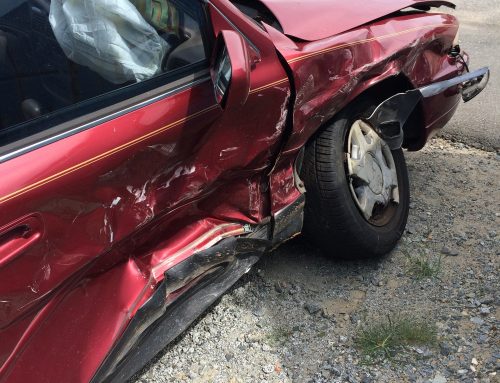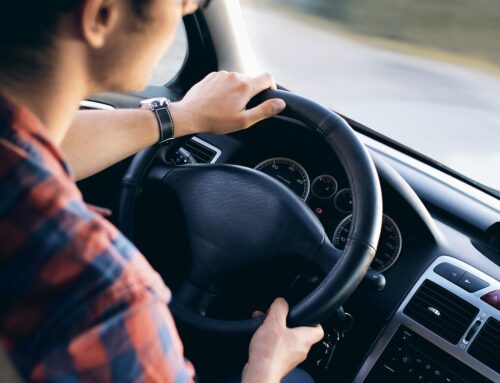In the blink of an eye, a routine drive can turn catastrophic. T-Bone accidents occur with alarming regularity, particularly at busy intersections drivers use in their daily commutes. Characterized by one vehicle crashing into the side of another, these accidents are uniquely perilous due to their sudden and forceful nature, not to mention the complex legal and medical ramifications. In this blog, we will discuss the severe impacts of T-Bone collisions compared to other accident types and outline the legal pathways available for victims who suffered on Florida roads.
The Severity and Unique Risks of T-Bone Accidents
T-Bone accidents occur when one vehicle head-on strikes another vehicle’s driver or passenger side. These crashes often happen at intersections and are typically caused by a failure to yield, running a red light, or misjudging another vehicle’s speed. Unlike frontal or rear-end collisions, T-bone accidents strike vehicles at their most vulnerable points – the sides, where there is less structural protection to absorb the impact.
The severity of T-Bone accidents and the injuries that follow are notably higher due to several factors. As we mentioned, the sides of most vehicles offer minimal protection compared to the front and rear, leaving passengers more exposed to the direct force of the impact. In rear-end or head-on collisions, cars are designed to absorb a large portion of the forces thanks to crumple zones and other safety features. Additionally, the direction and strength of impact in T-Bone collisions can cause the vehicle to spin uncontrollably, leading to secondary impacts. This vulnerability can lead to severe injuries, such as head trauma, spinal injuries, internal bleeding, and fractures. The sudden lateral movement can also cause severe whiplash, more so than a run-of-the-mill fender bender.
Statistics underscore the danger of T-Bone accidents. According to the National Highway Traffic Safety Administration (NHTSA), side-impact collisions account for approximately 25% of passenger vehicle occupant fatalities.
Seeking Justice
In T-Bone accidents, determining fault and liability is often intricate, involving a detailed analysis of traffic laws, right-of-way rules, and the specific circumstances of the collision. You would think that a driver who ignores a red light or fails to yield at an intersection could be deemed responsible for the accident, but the condition and functionality of traffic signals or signs at the intersection also play a crucial role in these determinations.
The process of proving negligence in T-Bone accidents is equally challenging. Gathering evidence is key – anything from surveillance footage from nearby cameras to witness statements and accident reconstructions. This evidence aims to provide a clear picture of the events preceding the accident, helping to establish who was at fault in the minds of a judge, jury, or insurance negotiator.
Florida operates under a no-fault insurance system, requiring all drivers to carry Personal Injury Protection (PIP) coverage. This coverage is designed to pay for the policyholder’s injuries regardless of who caused the accident. However, in severe cases, the financial burden can quickly exceed PIP coverage limits. Victims may need to seek compensation beyond these limits, especially if the at-fault driver’s insurance is also insufficient.
From start to finish, here is the general process of filing a T-bone accident claim:
- Initial Consultation: Meet with an attorney to discuss the accident details and assess the validity of the case.
- Evidence Gathering: Collect necessary evidence including accident reports and witness statements.
- Claim Filing: File a claim with the relevant insurance companies, outlining the damages and injuries sustained.
- Negotiations: Engage in negotiations with insurance adjusters to reach a fair settlement.
- Legal Representation: If necessary, have your attorney represent you before a judge and jury to pursue the case further.
- Resolution: Aim for a resolution, whether through a settlement or a court verdict.
- Compensation Disbursement: Receive compensation for damages, medical expenses, and other losses.
If you have been injured in a T-bone accident and need someone by your side, call the team at Probinsky & Cole today.








